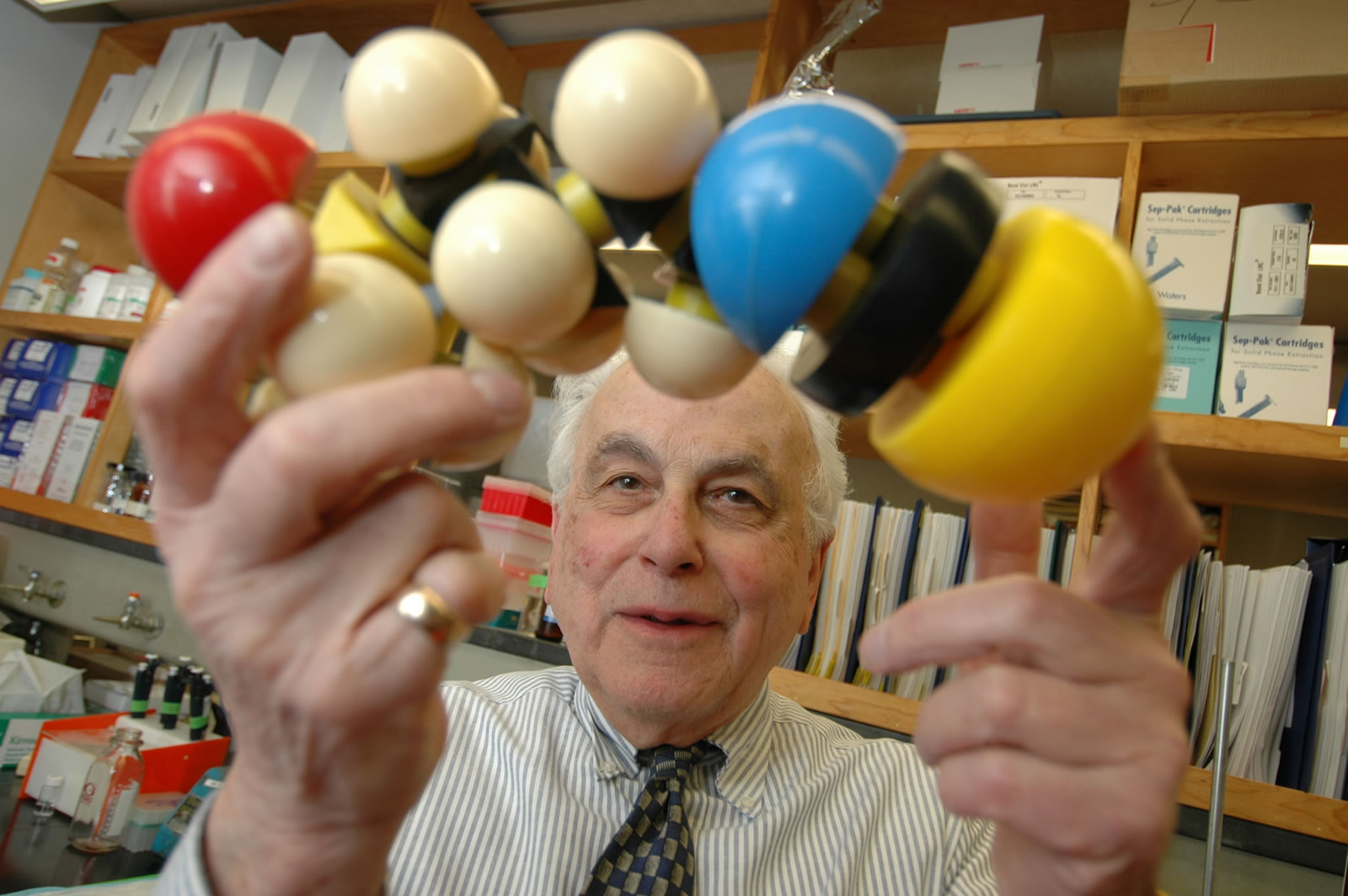
“Prevention is not a luxury,” he says. To him, prevention is imperative—an edict we all must recognize and understand. Dr. Talalay believes there’s no time like the present to start practicing prevention. His work using nutrients in food to cut cancer risk began in the late 1970s, at a time when almost no one believed that cancer was preventable. You either got it or you didn’t.
A successful endocrinologist, Dr. Talalay’s decision to start down a path in the cancer world was met with cynicism and disbelief. “My colleagues lit a candle for me,” he said. “They couldn’t understand why I would want to go into preventing a disease they thought was not preventable.”
It was in those early years that the Prevent Cancer Foundation supported Dr. Talalay’s new work. However, even Dr. Talalay wasn’t sure where his new journey in science was going to take him.
Prevention is not a luxury
“That decision was made with a great deal of anxiety,” he said. “I had no idea it was going to be such a promising area. But you never know where something is going until you go there.”
As with many other pioneers who blaze a trail for others to follow, Dr. Talalay didn’t listen to the naysayers. Instead he began examining the elaborate web of protective proteins contained in each cell and noticed that, on average, the proteins —the compounds that guard the body’s cells against inflammation, oxidation, harmful chemicals that damage DNA, and aging—were only working at 40 percent of their maximum capacity. He decided to see if he could boost the proteins’ output through concentrating nutrients to cause the cells to naturally repel cancerous changes.
His moment of truth came when he landed on sulforaphane, a beneficial chemical compound found at highest quantities in broccoli and broccoli sprouts, that disables cell-damaging free radicals. Dr. Talalay had accomplished something few in the research world ever get to experience: a truly novel discovery that would permanently change the face of cancer science.
Upon publishing the findings of his team, the alarm bell sounded in every medical journal and at every conference related to the topic, and the article garnered hundreds of scientific citations in dozens of places.
“We captured the imagination of so many people,” he said.
The door to prevention through nutrition had been blown open. But trying to explain how it happened, says Dr. Talalay, is like trying to dissect any other historic event.
“Revisionist history might say we had this great vision, but there was not some wise decision why we did this,” he says. “Our soul told us this might be great to do. Science is an artistic endeavor. It’d be like asking Mozart where he got his notes, or Picasso where he got his brushstrokes.”
Even now, Dr. Talalay is as determined as ever to unlock the next great combination to score another hit against cancer. He’s currently the John Jacob Abel Distinguished Service Professor of Pharmacology and Molecular Sciences at Johns Hopkins University School of Medicine. After serving for 12 years as Director of the school’s Department of Pharmacology, he gave up that position to devote himself full time to research.
In his opinion, the prevention movement still hasn’t fully hit its stride in the public eye. “A lot of it is the psychology. Acceptance is affected a lot by perception of what is preventable,” he said. “It’s challenging and difficult sometimes to build acceptance, but it needs to be embraced. Prevention really works.”